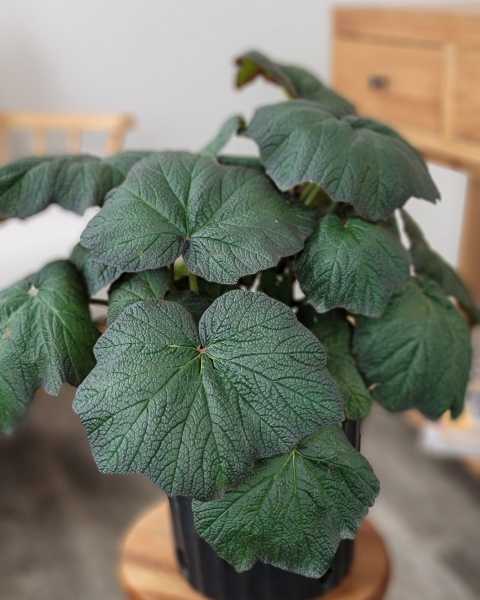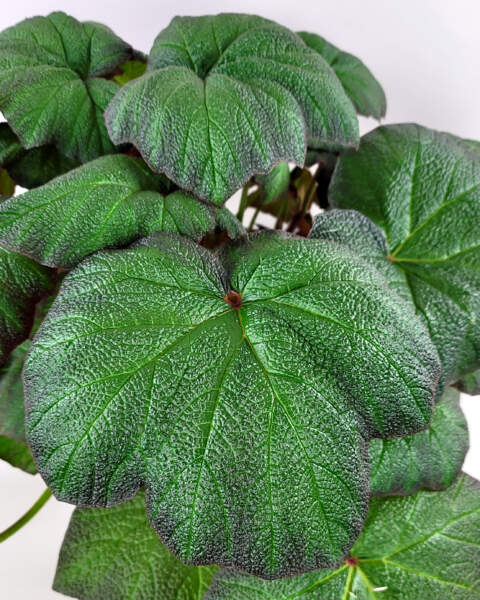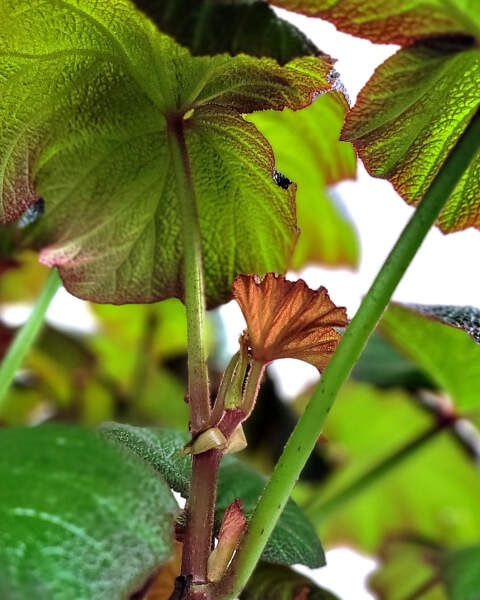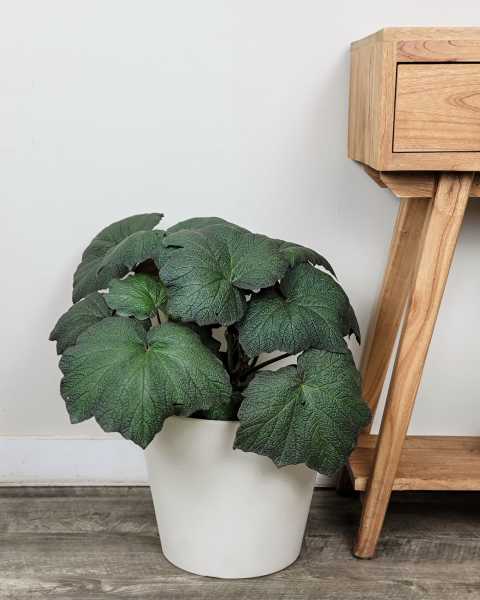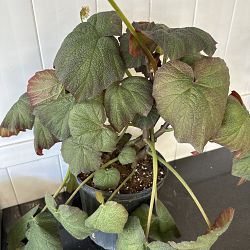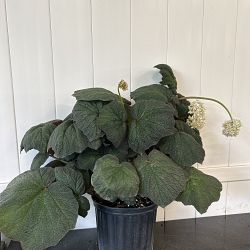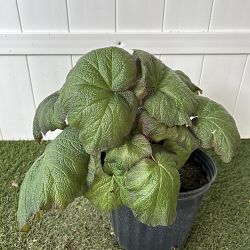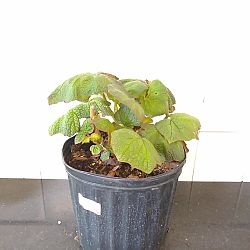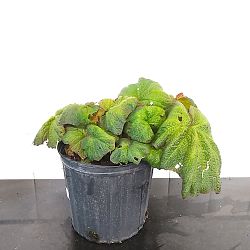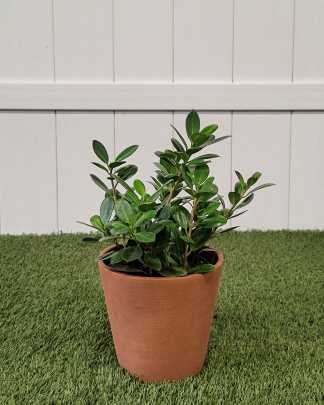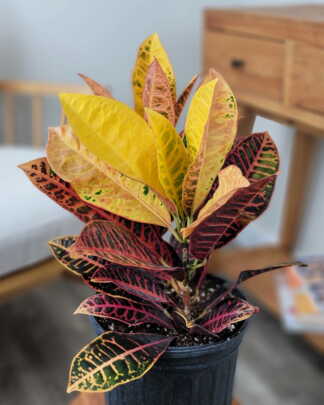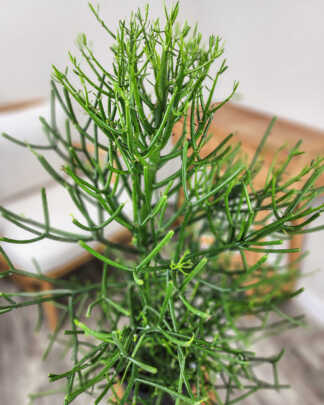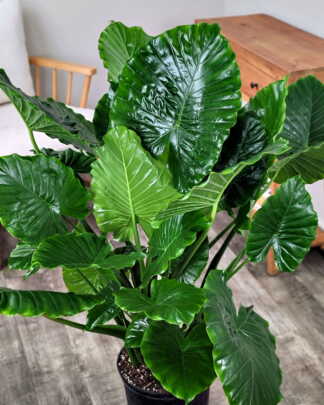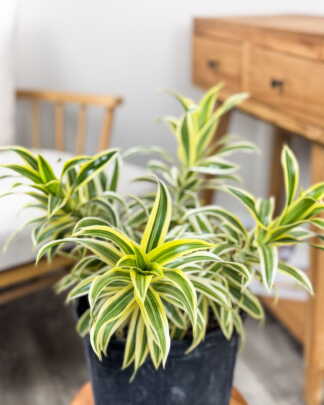Description
Add Color and Texture to your Rare Begonia Collection
Begonias are a diverse and popular group of plants that are known for their colorful and showy flowers, as well as their attractive foliage. There are over 1,800 species of Begonia, which are native to tropical and subtropical regions around the world, including South America, Africa, and Southeast Asia. They are widely grown as ornamental plants in gardens and as houseplants.
Begonias come in a wide variety of shapes, sizes, and colors, making them a favorite among gardeners and plant collectors. They can be upright or trailing, and their flowers can be single or double, and range in color from white and pink to red and orange. Begonias are also valued for their foliage, which can be green, bronze, or variegated, and can have interesting patterns or textures.
In addition to their ornamental value, Begonias have also been used for medicinal purposes. Extracts from Begonia plants have been found to have anti-inflammatory and anti-cancer properties, among other potential health benefits. Overall, Begonias are a versatile and beautiful group of plants that can be enjoyed both indoors and outdoors.
Caring for your Begonia Pigskin
Begonias are relatively easy to care for, although their specific care requirements can vary depending on the species or variety. They generally prefer well-draining soil and bright, indirect light, although some species can tolerate lower light levels. Overwatering can cause root rot, so it’s important to allow the soil to dry out partially between waterings. They also benefit from occasional fertilization during the growing season.
Light
Pigskin Begonias prefer bright, indirect light. Avoid direct sunlight, as it can scorch the leaves. They can also tolerate lower light levels, but this may cause the leaves to become less colorful.
Water
Allow the top layer of soil to dry out partially between waterings. Overwatering can cause root rot, so it’s important to not let the soil stay too moist. When you water, make sure to thoroughly saturate the soil.
Humidity
Pigskin Begonias prefer higher humidity levels, so consider using a humidifier or placing a tray of water near the plant. You can also mist the leaves with water regularly to increase humidity.
Temperature
Pigskin Begonias prefer temperatures between 60 and 75 degrees Fahrenheit. Avoid exposing them to temperatures below 50 degrees, which can cause damage to the leaves.
Soil
Use well-draining soil that retains some moisture. A mixture of peat moss, perlite, and potting soil can work well.
Fertilizer
Fertilize your Pigskin Begonia once a month during the growing season (spring and summer) with a balanced fertilizer.
Pruning
Prune your Pigskin Begonia as needed to maintain its shape and size. You can also pinch off new growth to encourage bushier growth.
Propagation
Pigskin Begonias can be propagated through stem cuttings. Simply take a cutting with several leaves and place it in moist soil or water until it roots.

